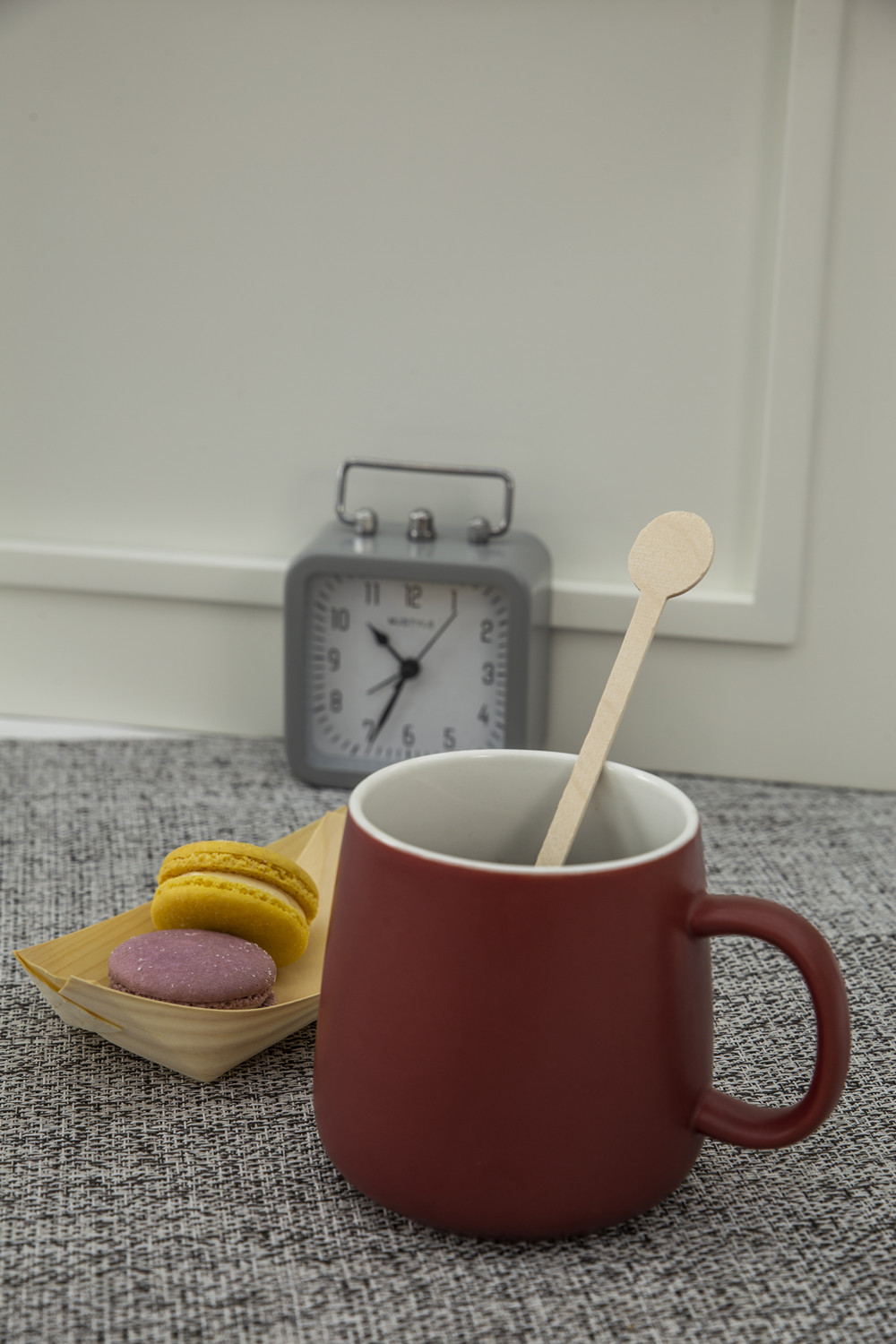One, 3 + 2 multi-primary color processing method:
Everything recovers in spring, under the blue sky, the green grass is green; the autumn wheat waves are rolling; under the sunshine, a piece of golden. The colorful nature is so beautiful. Unfortunately, the existing LED display cannot fully reproduce this beautiful scenery. Although LEDs are monochromatic light, LEDs of various colors still have a half-wave width of about 30 to 50 nm, so their color saturation is limited. It can be seen from the figure that the color saturation of LED full-color screens in the yellow and cyan areas, which are extremely rich in nature, is seriously insufficient.
In recent years, in the field of flat panel displays, I have been keen to discuss 3 + 3 multi-primary color displays (red, green, blue plus yellow, cyan, and purple) to expand the color gamut and reproduce richer natural colors. So, can LED display achieve 3 + 3 multi-primary color display?
We know that in the visible light range, yellow and cyan are monochromatic lights. We already have high saturation yellow and cyan LEDs. And purple is complex light, and single-chip purple LEDs do not exist. Although we can not achieve red, green, blue plus yellow, blue, purple 3 + 3 multi-primary LED display. However, it is feasible to study red, green, blue plus yellow, and cyan 3 + 2 multi-primary LED display screens. Because there are a large number of highly saturated yellow and cyan in nature; therefore, this study is of certain value.
In the current various TV standards, the video source only has three primary colors of red, green and blue, but no yellow and blue. So, how to drive the yellow and blue primary colors of the display terminal?
In fact, when determining the driving strength of the two primary colors of yellow and cyan; we follow the following three principles:
1. While increasing the color saturation, the hue must not be changed;
2. The purpose of increasing the primary colors of yellow and cyan is to expand the color gamut, thereby increasing the color saturation. The overall brightness value cannot be changed;
3. Taking D65 as the center; taking the RYGCB color gamut boundary as the end point, linearly expand each point within the color gamut.
Under the guidance of the above three principles; according to the law of the center of gravity, we can find 3 + 2 multi-primary color processing method. However, in order to truly achieve a 3 + 2 multi-primary full-color screen, we still have to overcome the difficulties of yellow and cyan LED brightness; the cost rise is large and other difficulties, which are currently limited to theoretical discussions.
Second, color reproduction processing:
The birth of pure blue and pure green LEDs makes full-color LED displays popular in the industry for their wide color gamut and high brightness. However, due to the large deviation between the chromaticity coordinates of the red, green and blue LEDs and the chromaticity coordinates of the PAL system red, green and blue (see Table 1), the color reproduction of the LED full-color screen is poor. Especially when expressing a person's skin color, there is a relatively obvious deviation in vision. As a result, color reproduction processing technology came into being. Here I recommend two methods for color reproduction:
1. Transform the color coordinate space of the three primary color LEDs of red, green and blue, so that the three primary color coordinates between the LED and the PAL TV are as close as possible, thereby greatly improving the color reproduction of the LED display. However, this method greatly reduces the color gamut range of the LED display screen, and greatly reduces the color saturation of the screen.
2: Only correct the color gamut of the most sensitive skin color of human eyes; and reduce the original color saturation as little as possible to the color gamut that is not sensitive to other human eyes. In this way, the balance between color reproduction and color saturation can be obtained.
Third, the choice of primary wavelength:
LED display screens have a very wide range of applications in various industries, and in different application places have different requirements for the wavelength of the primary color of the LED. Some of the choice of the wavelength of the primary color of the LED are to achieve good visual effects, and some are to meet people's needs. Habits, and some are more stipulated by industry standards, national standards or even international standards.
For example, the choice of the wavelength of the primary color of the green tube in a full-color LED display; in the early days, everyone generally chose a yellow-green LED with a wavelength of 570nm. Although the cost is lower, the display has a smaller color gamut, poor color reproduction, and low brightness. After choosing a pure green tube with a wavelength of 525nm, the color gamut of the display screen has nearly doubled, and the degree of color reproduction has been greatly improved, greatly improving the visual effect of the display screen. As another example, on the stock market display screen, people are usually accustomed to using red to indicate stock price rise, green to indicate stock price fall, and yellow to indicate flat. In the transportation industry, the national standard strictly stipulates that the blue and green bands indicate traffic, and the red band is prohibited. Therefore, the choice of primary color wavelength is one of the important links of LED display screens.
Four, chroma uniformity treatment:
The problem of chromaticity uniformity of led display has always been a big problem that puzzled people in the industry. It is generally believed that the unevenness of LED brightness can be corrected with a single point to improve the uniformity of brightness. Uneven chromaticity cannot be corrected, and can only be improved by subdividing and filtering the LED color coordinates.
As people have higher and higher requirements for LED display screens, subdivision and screening of LED color coordinates can no longer satisfy people's discerning eyes. It is achievable to carry out comprehensive correction processing on the display screen to improve the chromaticity uniformity. of.
We found that even the same LED of the first brand of the world has a large wavelength deviation and color saturation deviation, and the deviation range greatly exceeds the threshold of human eyes to distinguish green color difference. Therefore, it is important to perform chromaticity uniformity correction meaningful.
In the CIE1931 chromaticity diagram, according to the law of the center of gravity, we found that: at any point within the range of G file (â–¡ abcd), mixing a certain proportion of red and blue can adjust the color coordinate of the mixed color to a straight line cR and Straight dB intersection point O.
Although the chromaticity uniformity can be greatly improved. However, the color saturation after correction is significantly reduced. At the same time, another premise of using red and blue to correct the uniformity of green chromaticity is that the red, green and blue LEDs in the same pixel should be distributed as closely as possible so that the mixing distance of red, green and blue is as close as possible to achieve better results. Effect. At present, the LED uniform distribution method commonly used in the industry will bring confusion to the correction of chromaticity uniformity. In addition, how to carry out the measurement of tens of thousands of red, green and blue LED color coordinates is also a very difficult problem. We gave hints on this.
Fifth, the allocation of white field color coordinates:
White field color coordinate allocation is one of the most basic technologies of full-color LED display. However, in the mid-1990s, due to the lack of industry standards and basic testing methods, the white field color coordinates were usually determined by human eyes and feelings, resulting in serious color cast and white field color temperature arbitrariness. With the promulgation of industry standards and the completion of testing methods, many manufacturers began to standardize the color matching process of full-color screens. However, due to the lack of theoretical guidance of color matching, some manufacturers often use the gray level of certain primary colors to adjust the color coordinates of the hundred fields, and the overall performance cannot be improved.
In summary, we mainly discussed three issues:
1. How to improve the chromaticity uniformity of the led display;
2. How to expand the color gamut and restore more natural colors;
3. How to improve the color reproduction of led display;
The above-mentioned chroma processing technologies are all related to each other in specific implementation, and in some aspects, even fish and bear paws are incompatible. The integrated LED display screen also needs to perform brightness uniformity correction, gray-scale nonlinear transformation, noise reduction processing, image enhancement processing, dynamic pixel processing, etc. The entire signal processing process is very complicated. Therefore, we must comprehensively weigh various performances from the perspective of the system, grasp the order of each processing, and increase the depth of signal processing, so that the LED full-color display can show a colorful, colorful and wonderful world.



We are the manufacturer of disposable Wooden Tableware integrating production and sales. Mainly operating Disposable Chopsticks, toothpicks, knives, Forks And Spoons ,spork,ice cream sticks,ice cream spoons, Coffee Sticks etc productions.The material is made from the birch and poplar. Our products are well popular by customers and are applied in the company, restaurants and families etc place.
From logs to finished products are produced by our company.From the source to control the quality of products and to provide customers with peace of mind products.
Companies adhere to the principle of integrity and mutual benefit to provide customers with the best quality service and the most affordable prices.
And our tableware is disposable so customers very like its convenience.
First of all, the biggest benefit of using Disposable Cutlery is convenience. You will find that the overall convenience of using cutlery is that it can be used without cleaning or other work. For us, this is a level of convenience that is almost impossible when we choose to use other cutlery. Really consider the advantages of this aspect and then go to better use is a big enough guarantee.
Secondly, another advantage of Disposable Tableware is that it is very clean. Compared with the traditional tableware, this product is only disposable so it can really guarantee the overall cleanliness and hygiene, there will be no first cleaning or disinfection work is not in place, thus affection our future use. This aspect of the problem is completely non-existent for us.
Coffee Sticks,Birch Wood Coffee Stick,Wood Coffee Stick,Natural Birch Wood Coffee Stick
Dalian Yongtailong Wood Industry Co.,Ltd , https://www.ytldisposablegoods.com
